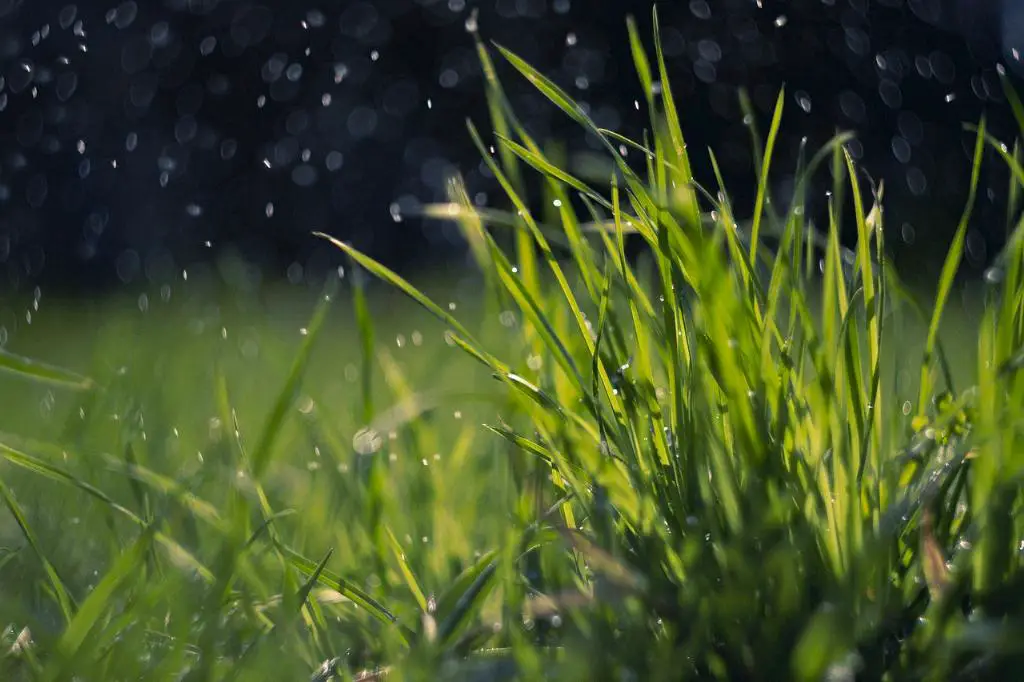When it comes to maintaining a vibrant and thriving lawn, one of the essential practices that often gets overlooked is aeration. But why is it so important to aerate your lawn? Let’s delve into the reasons behind this crucial lawn care practice.
1. Alleviating Soil Compaction
One of the primary reasons for aerating a lawn is to alleviate soil compaction. Over time, the soil beneath your lawn can become compacted due to various factors such as foot traffic, heavy machinery, or even simple gravity. Compacted soil restricts the airflow, water, and essential nutrients from reaching the grassroots, hindering healthy growth.
2. Enhancing Root Growth
By aerating your lawn, you create small holes that allow the grassroots to breathe and expand more freely. This improved airflow promotes deeper root growth, enabling the roots to access water and nutrients more effectively. As a result, your lawn’s root system becomes stronger and more resilient against environmental stressors.
3. Improving Nutrient Absorption
When you aerate your lawn, you create channels that facilitate the penetration of essential nutrients into the soil. This enhanced nutrient absorption nourishes the grassroots, promoting lush greenery and overall lawn health. A well-aerated lawn can better utilize fertilizers and supplements, leading to vibrant growth and improved plant resilience.
4. Preventing Water Runoff
Aerating your lawn helps prevent water runoff by enhancing the soil’s capacity to absorb and retain moisture. Compacted soil tends to repel water, causing it to flow over the surface, leading to wastage and erosion. Proper aeration allows water to infiltrate the soil more efficiently, reducing runoff and ensuring optimal hydration for your lawn.
5. Enhancing Grass Resilience
Regular aeration strengthens your lawn’s resilience against various stressors such as drought, heat, and heavy foot traffic. By promoting robust root growth and nutrient absorption, aerating helps the grass withstand challenging conditions and recover more quickly from damage, ensuring a lush and healthy lawn year-round.
6. Facilitating Thatch Decomposition
Aeration plays a vital role in facilitating the decomposition of thatch, the layer of dead organic matter that accumulates on the soil surface. By creating openings in the soil, aeration promotes the activity of beneficial microorganisms that break down thatch, preventing its buildup and enabling better nutrient cycling in the soil.
7. Enhancing Soil Structure
Through aeration, you improve the overall structure of the soil beneath your lawn. Loosening compacted soil helps create a more hospitable environment for roots to grow and thrive. By promoting better soil structure, aeration fosters healthy microbial activity, aeration, and drainage, essential for optimal plant growth.
8. Boosting Lawn Aesthetics
Aside from the numerous benefits to your lawn’s health, aeration also enhances its visual appeal. Regularly aerated lawns tend to exhibit lush, vibrant greenery, and uniform growth patterns. By promoting healthy grass growth and minimizing bare patches, aeration contributes to a beautiful, well-manicured lawn that enhances your outdoor space’s overall aesthetics.
9. Increasing Lawn Tolerance
By aerating your lawn, you increase its tolerance to environmental stressors and diseases. Strong, healthy roots developed through aeration are better equipped to resist pests, weeds, and diseases. A well-aerated lawn stands a better chance of thriving in adverse conditions and recovering quickly from damage, ensuring long-term sustainability and vitality.
10. Promoting Overseeding Success
Aerating your lawn before overseeding can significantly improve the success rate of new grass seed establishment. The small holes created during aeration provide an ideal environment for seed-to-soil contact, promoting germination and ensuring uniform growth. Aeration prepares the ground for overseeding, enhancing the overall effectiveness of your lawn renovation efforts.
11. Supporting Overall Lawn Health
Ultimately, aerating your lawn is a key practice that supports the overall health and vitality of your turf. By addressing soil compaction, promoting root growth, enhancing nutrient absorption, and improving water retention, aeration plays a crucial role in creating a robust, resilient lawn that thrives in any environment. Regular aeration is an investment in the long-term health and beauty of your outdoor space.

12. Conclusion
In conclusion, the benefits of aerating your lawn are numerous and far-reaching. From alleviating soil compaction to enhancing root growth, supporting nutrient absorption to boosting lawn resilience, aeration is a fundamental practice that contributes to a lush, healthy, and vibrant lawn. By incorporating regular aeration into your lawn care routine, you can ensure your turf’s long-term sustainability, beauty, and vitality for years to come.
